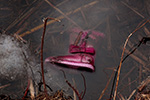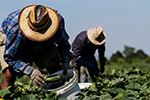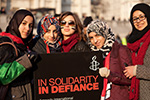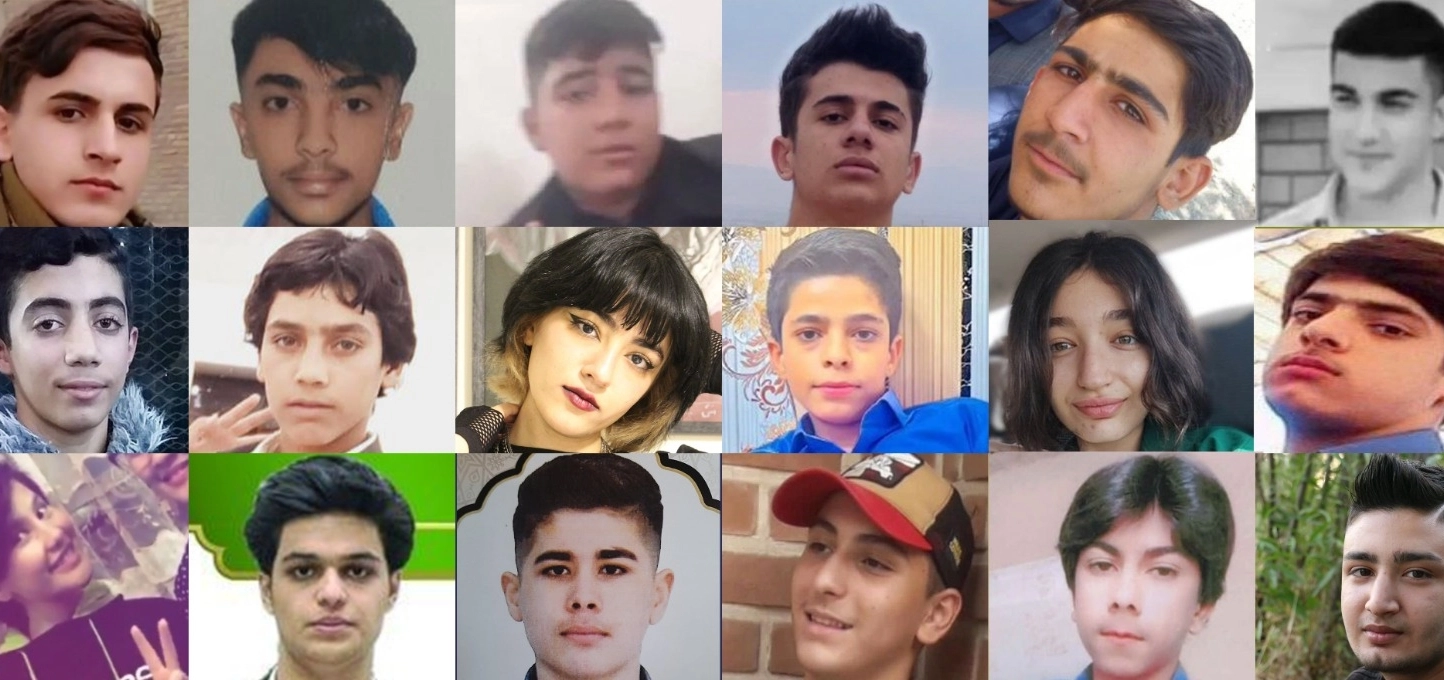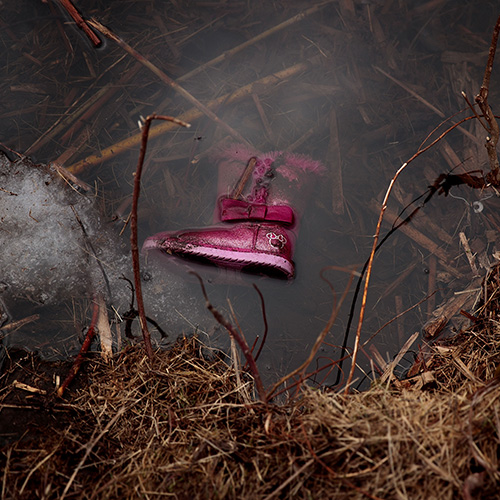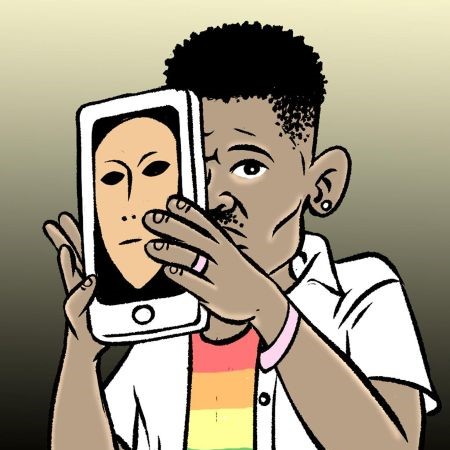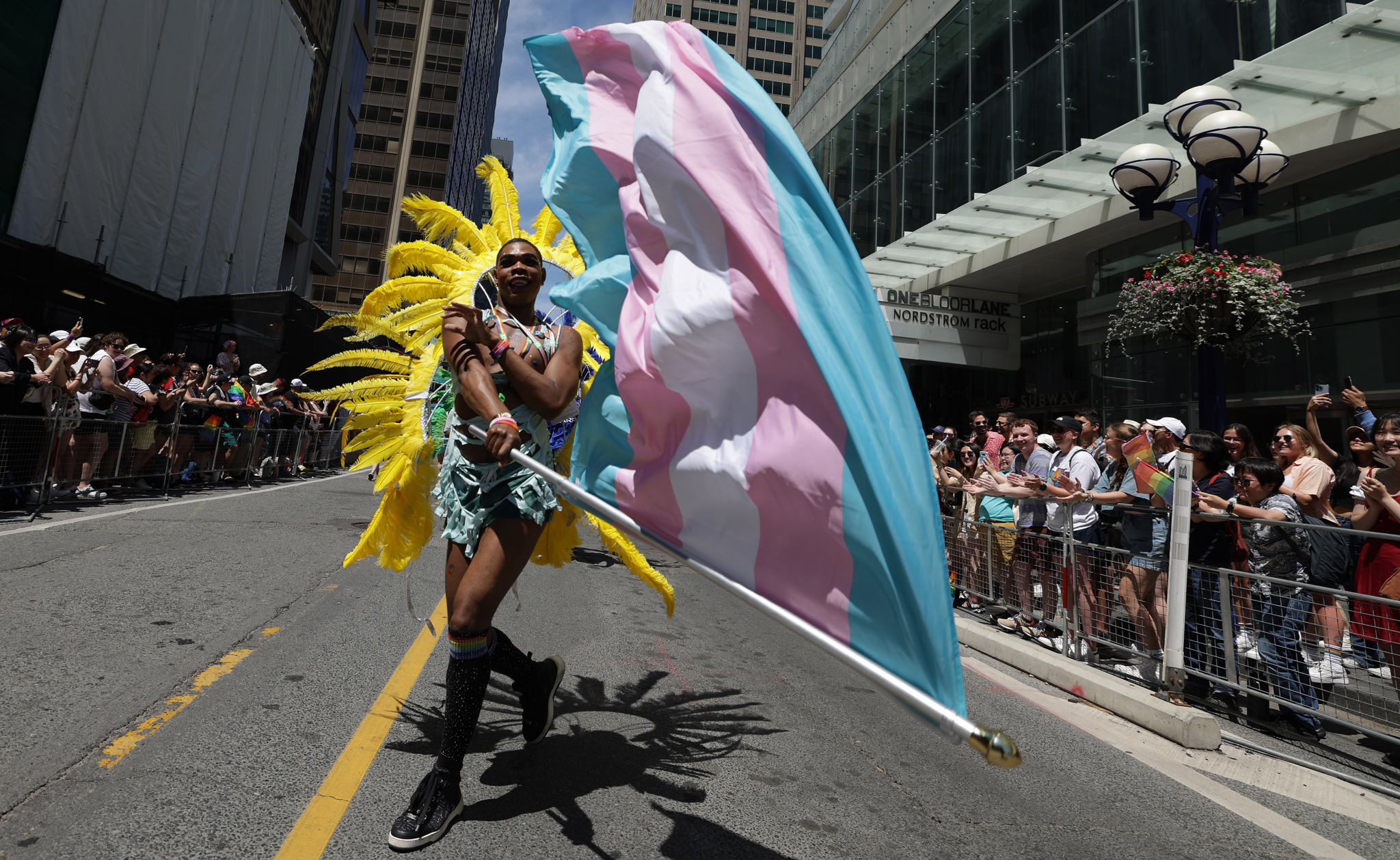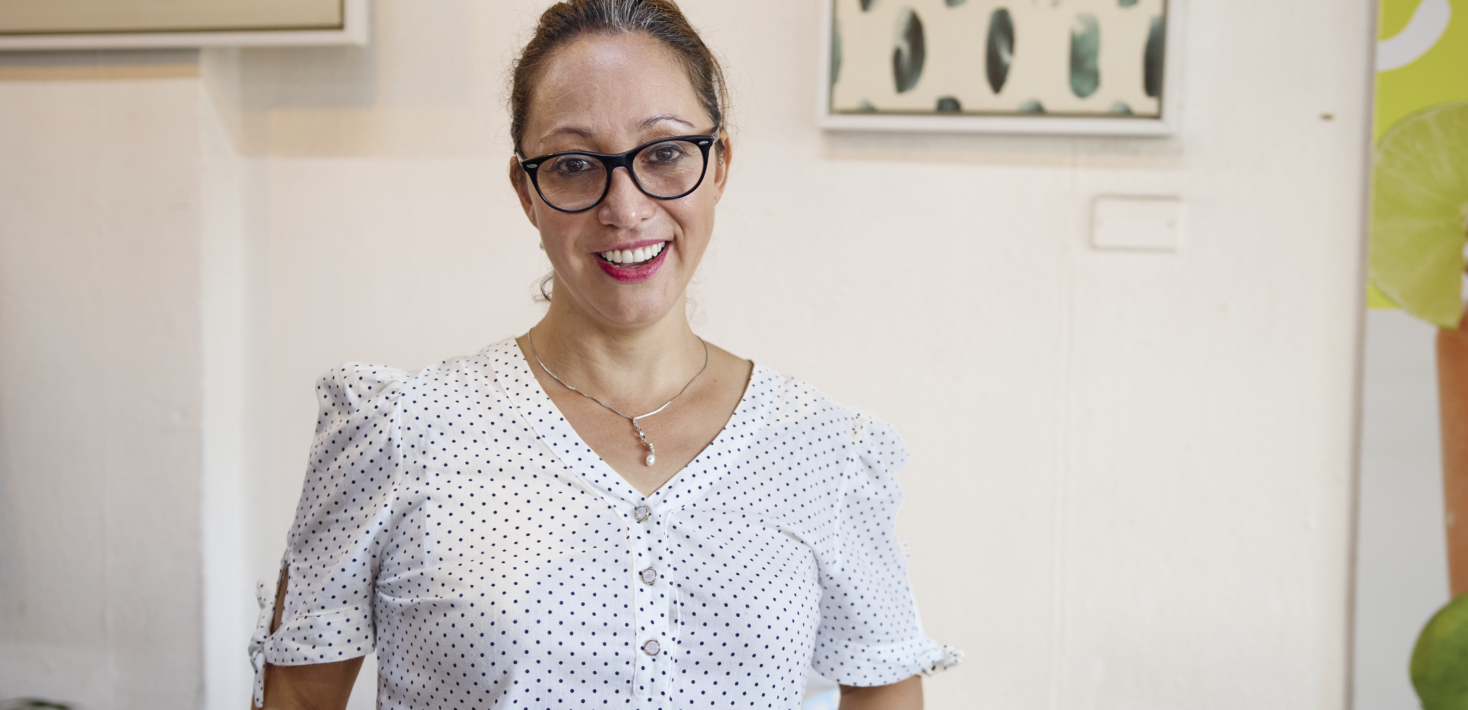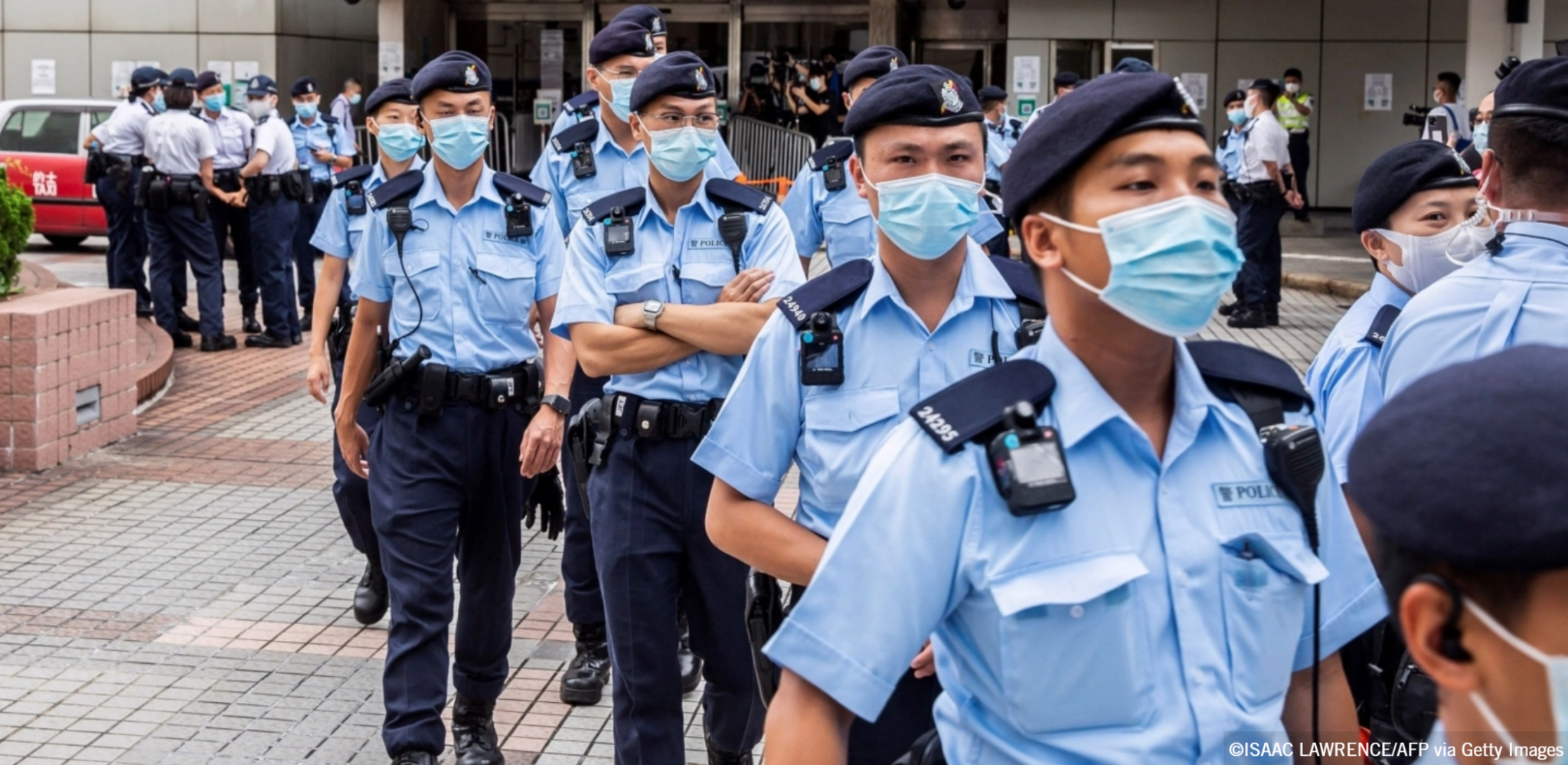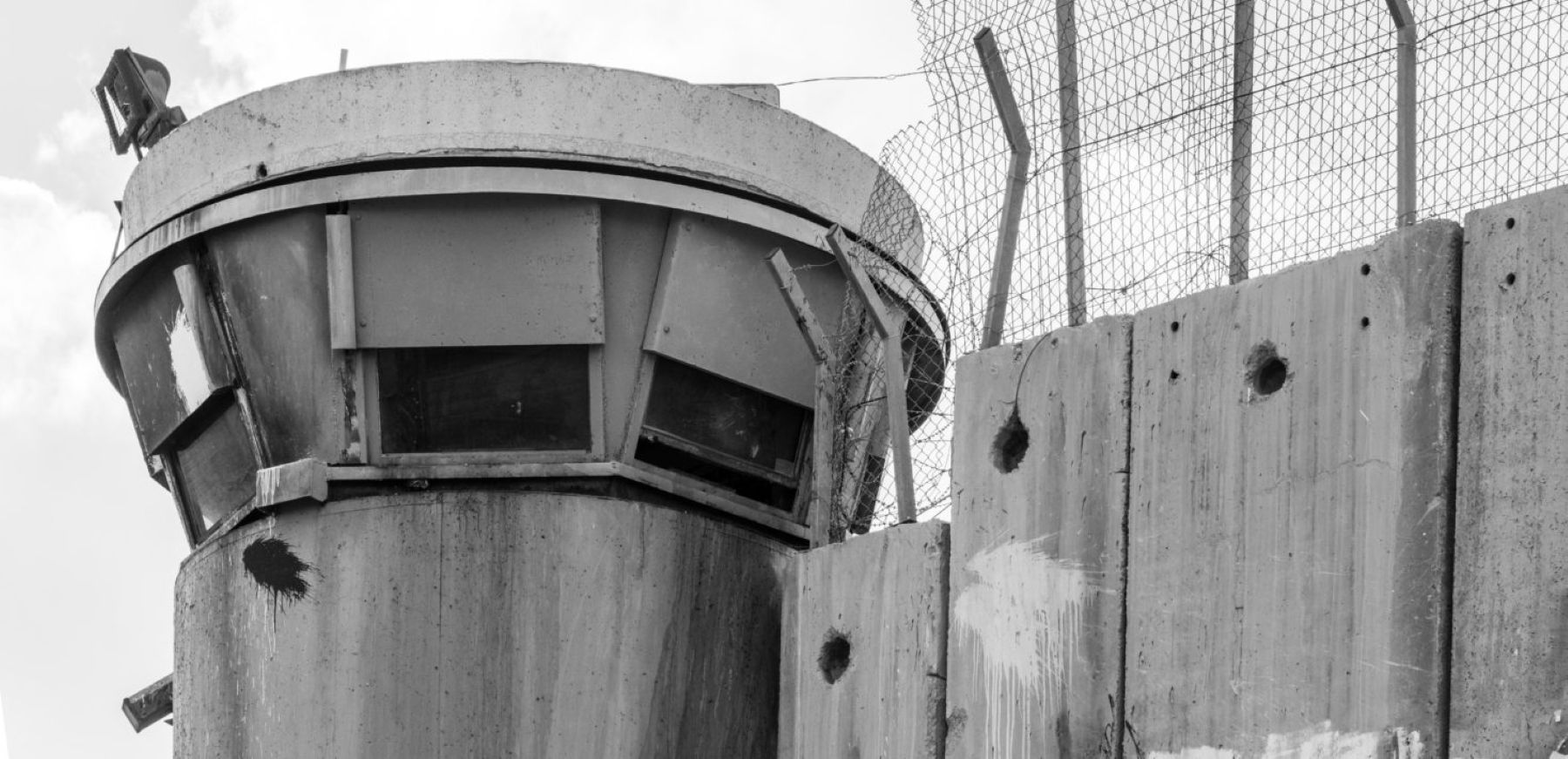Iranian security forces’ unlawful killings of at least 23 children shed further light on the authorities’
deadly resolve to crush the widespread, ongoing protests, which were sparked by the death in custody
of 22-year-old Mahsa (Zhina) Amini on 16 September and grew into what many in Iran say is a broader
uprising against the Islamic Republic establishment, Amnesty International said today.
In a detailed statement, the organization lists the names and circumstances surrounding the killing of 23
children as a result of unlawful force during protests from 20 September to 30 September 2022. The
victims included 20 boys aged between 11 and 17; and three girls, two of whom were 16 years old and
one 17 years old. Most of the boys were killed by security forces unlawfully firing live ammunition at
them. Two boys died after being shot with metal pellets at close range, while three girls and a boy died
after fatal beatings by security forces.
Download a PDF of the full public statement
Children represent 16% of overall deaths of protesters and bystanders recorded by Amnesty
International. The organization has so far recorded the names and details of 144 men, women and
children killed by Iran’s security forces between 19 September and 3 October. The victims recorded are
limited to those whose names the organization has been able to identify thus far. The organization is
continuing its investigations into reported killings and believes the death toll is higher.
Iran’s security forces have killed at least two dozen children in an attempt to crush the spirit of
Heba Morayef, Amnesty International’s Regional Director for
resistance among the country’s courageous youth. If the international community were a person, how
would it look these children and their parents in the eye? It would lower its head in shame over its
inaction against the pervasive impunity enjoyed by the Iranian authorities for their systematic crimes
and gross violations of human rights.
the Middle East and North Africa.
“The Iranian authorities have repeatedly ignored all calls to cease the unlawful use of force and to
prosecute those responsible for unlawful killings, enforced disappearances, torture and other ill-treatment of protesters, bystanders and of people deprived of their liberty. The price of this systematic impunity is being paid with human lives, including children’s. Member states engaging at the UN Human Rights Council should urgently hold a special session and adopt a resolution to establish an international independent investigative and accountability mechanism on Iran.”
Ten of the recorded child victims belonged to Iran’s oppressed Baluchi minority and were killed by
security forces on the deadliest day of the crackdown, 30 September, in Zahedan, Sistan and Baluchistan
province. Evidence gathered by Amnesty International shows at least seven of the children killed in
Zahedan were shot in the heart, head or other vital organs.
According to informed sources and audio-visual evidence examined by the organization, one of them,
Javad Pousheh, aged 11, was shot in the back of his head with live ammunition fired by security forces
during a violent crackdown on a protest taking place after Friday prayers outside a police station and
near a large prayer site. The bullet exited through his right cheek leaving a large gaping hole.
The remaining 13 children were killed in the provinces of Tehran (5), West Azerbaijan (4), Alborz (1),
Kermanshah (1), Kohgilouyeh and Bouyer Ahmad (1), and Zanjan (1). Two of the children killed were of
Afghan nationality – a 14-year-old boy, Mohammad Reza Sarvari, and a 17-year-old girl, Setareh Tajik.
Authorities spreading false narratives
On 7 October, the lawyer of Mohammad Reza Sarvari who was shot dead by security forces during
protests in Shahr-e Rey, Tehran province, on 21 September, published online a copy of the child’s burial
certificate, which listed the cause of death as “bleeding and shattered brain tissue” caused by “being hit
with a fast-moving projectile”. The lawyer wrote that he felt obliged to share the official document given
the propagation of false narratives by the authorities in state media and through statements by officials
increasingly attributing the death of children killed by security forces to “suicide”.
Security forces fired both metal pellets and live ammunition at Amir Mehdi Farrokhipour, aged 17,
during protests in Tehran on 28 September. According to informed sources, he died from gunshot
wounds in his chest, while intelligence officials forced his father to record a video statement stating that
his son died during a car accident, threatening to kill or otherwise harm his daughters if he refused.
Other examples of state cover up efforts include the cases of two 16-year-old girls, Nika Shakarami and
Sarina Esmailzadeh, who were killed after security forces fatally beat them on their heads. Intelligence
and security forces have subjected the girls’ families to intense harassment and intimidation to coerce
them into recording video statements reiterating the official narrative that their children committed
“suicide” by jumping off a roof.
The latest wave of protest killings is rooted in a deep crisis of systemic impunity for the most serious
crimes under international law that has long prevailed in Iran and which, given the scale and severity of
past and ongoing human rights violations, has not been sufficiently addressed by the UN Human Rights
Council. An international investigative and accountability mechanism is urgently needed to collect,
consolidate, preserve, and analyze evidence of the most serious crimes under international law
committed in Iran and other serious violations of human rights in a manner that meets general
standards of admissibility in criminal proceedings and to assist in the investigation and prosecution of
those suspected of criminal responsibility.
“The Iranian authorities are systematically harassing and intimidating victims’ families to hide the truth
that they have the blood of children on their hands. These despicable methods further underline the
scale and depravity of the Iranian authorities’ crackdown and provide further proof that all avenues for
truth and justice are closed at the domestic level,” said Heba Morayef.
Background
Amnesty International has revealed that Iran’s highest military body instructed the commanders of
armed forces in all provinces to “severely confront” protesters who took to the streets following the
death in custody of Mahsa (Zhina) Amini at the hands of Iran’s morality police. The organization has
documented widespread, unwarranted use of lethal force and firearms by Iranian security forces who
either intended to kill protesters or should have known with a reasonable degree of certainty that their
use of firearms would result in deaths.
Iranian authorities have previously reacted to protests with similar patterns of unlawful use of force,
including lethal force, which, for example, resulted in the death of hundreds of protesters and
bystanders, including at least 21 children, during the protests of November 2019.
Related posts:
- Iran: Two years after ‘Woman Life Freedom’ uprising, impunity for crimes reigns supreme
- Protect the Protest in Bangladesh and Iran
- Urgent need to protect civilians amid unprecedented escalation in hostilities between Israel and Iran
- Protect the Protest: Women human rights defenders and activists at risk of execution in Iran








